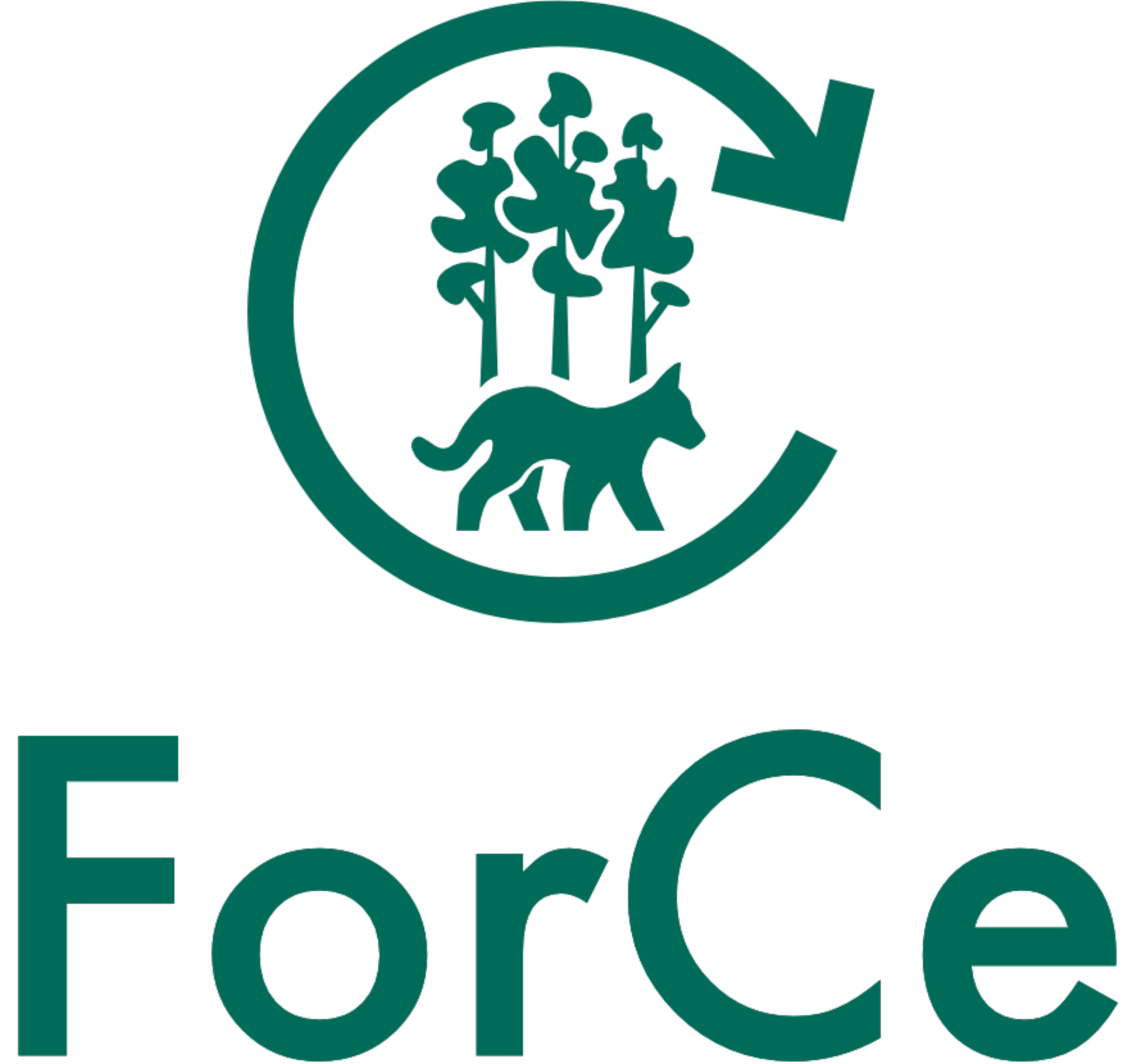
Conversion of native ecosystems to agriculture or forestry systems is considered a major threat to biodiversity since it induces changes in the composition and structure of communities, and the modification of ecological processes. Despite its negative effects, converted systems can still sustain wildlife. In forestry systems, this ability to host wildlife can be promoted by the implementation of forest certification (FC) management standards, which aim at maintaining forest integrity, including biodiversity. Forest Stewardship Council (FSC), is one of the most recognized and used FC schemes, whose role as a promoter of wildlife use of plantations in temperate regions is still largely unknown. It is yet unclear which mechanisms allow populations to persist in these systems, how they interact, and the FC role in these interactions.
Forestry plantations outside their native range, such as exotic Eucalyptus plantations (EP), are increasingly important. EP cover nowadays >20 million ha worldwide. In Portugal, they cover 9.2% of the territory, representing 26% of all Portuguese forests (including FSC certified 242500ha). In Brazil EP reach 7.5 million ha (~50% of which with FSC certification), making these 2 countries appropriate models to assess the impact of EP on wildlife, and the FC role in promoting EP use by wildlife. Although studies have detected the use of EP by vertebrates, we still do not know how ecologically and functionally relevant are these plantations for wildlife, nor the FSC certification’s effect on the functional role of EP to vertebrates. Thus, the main objective of ForCe is to understand if FC can foster forestry plantation’s functional and conservation role for vertebrates, and thus its environmental sustainability. We aim to: 1) assess the efficacy of FSC certification to promote EP’s use by different vertebrate groups and as a tool to assure biodiversity persistence; 2) understand how the structure, composition, and landscape configuration of EP affect its ecological role for mammals; 3) determine the small-scale movement and activity patterns of mammals in EP; 4) assess certified EP effects on individual fitness; 5) understand the motivations and attitudes towards FC – from managers to the general public; 6) produce guidelines to promote the compatibilization of conservation values and production profitability.
